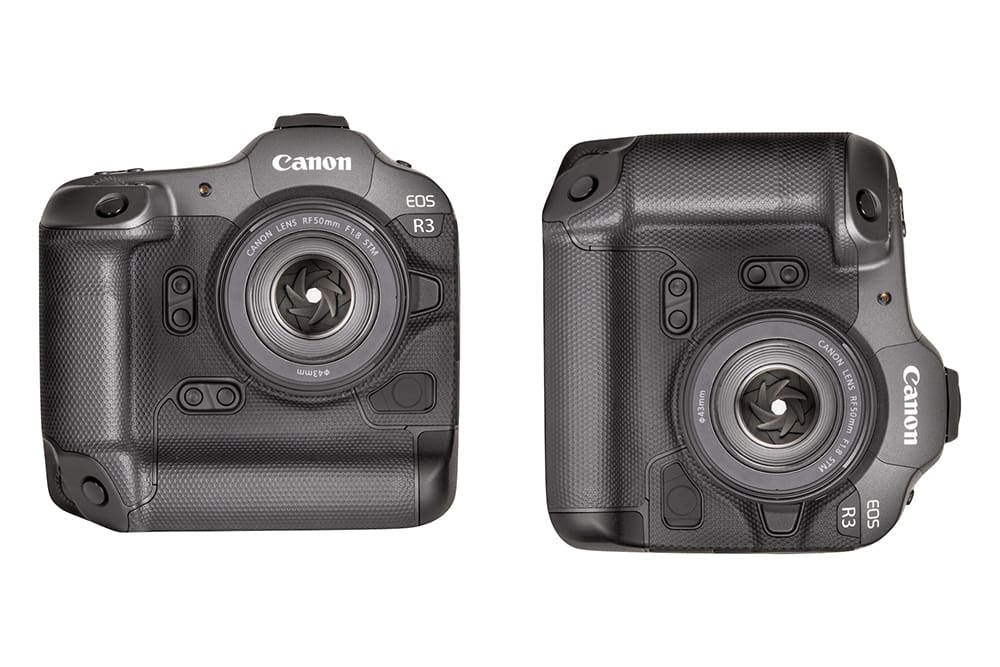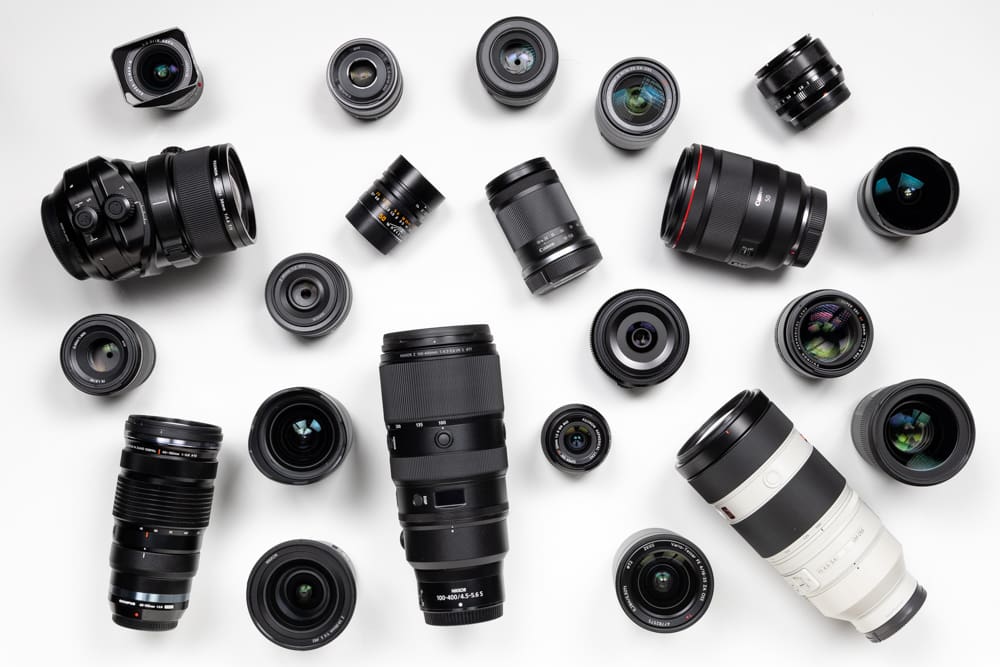When it comes to professional cameras, nothing epitomizes that description quite as well as the Canon 1-series. Starting back in 1989, Canon’s EOS 1 was the first of a series of top-of-the-line cameras that would push the boundaries of quality, durability, and technology in the autofocus era. The 1-series cameras bridged the film-to-digital divide, and have now crossed into the world of mirrorless with the R1.
For more than two decades Canon has been at the top of the list when it comes to interchangeable lens camera popularity. Truth be told, a relatively small portion of their cameras are sold to professionals. The vast majority of Canon users are family photographers, travelers, and photo enthusiasts. The market for professional cameras is relatively small but very important as it provides an aspirational goal for millions of everyday photographers.
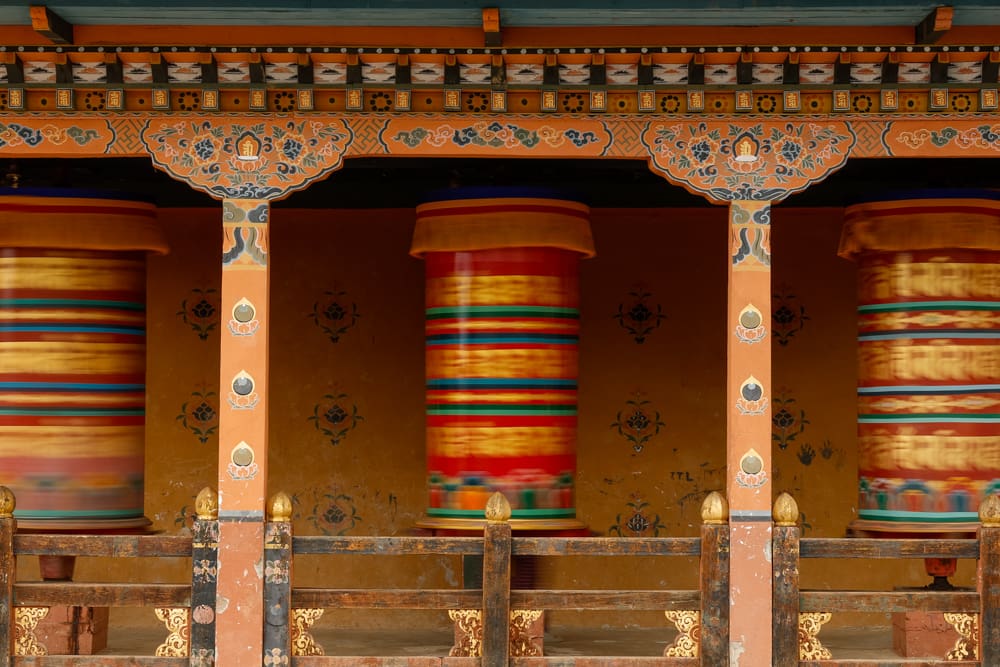
CANON EOS R1, RF 24-70MM F/2.8 L IS USM @ 70MM | F/22 | 0.4 SEC | ISO 50
It took awhile to get here
The Canon R1’s history can be traced back to 1971 with Canon’s first professional camera – the F1. Canon’s name, F1, was a very cheeky move on their part to split the difference between Nikon’s first pro camera, the F, and their second the F2. The F1 name also drew inspiration from the auto racing series of the same name.
Up until this time (1971) the professional photographer was more than likely to use a format larger than 35mm film (full-frame) for serious work. With improvements to film grain and film speed more and more photographers were migrating to the 35mm format. The 35mm professional market was starting to boom, and Canon wanted to be a large part of it.
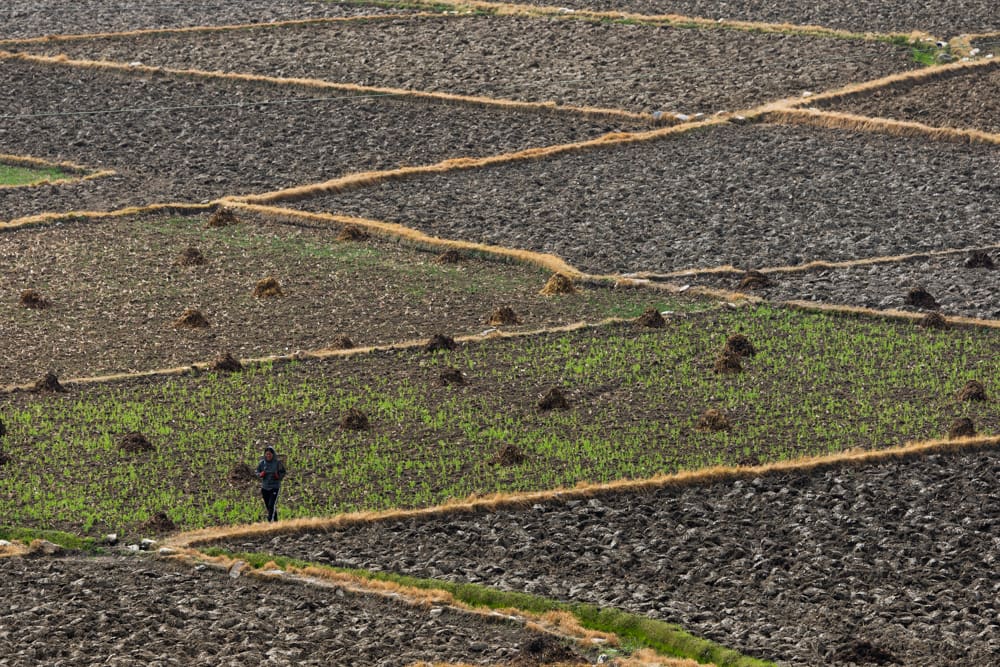
CANON EOS R1, RF 100-500MM F/4.5-7.1 L IS USM @ 300MM | F/7.1 | 1/250ds SEC | ISO 100
The long-term goal for Canon was to capture the professional photography market including portraits, sports, wedding, and photojournalists. Canon’s distinctive large white lenses were conspicuous at major television events like news and political events, as well as the Olympics. Canon leaned into this recognition and focused heavily on providing lenses and cameras that would be useful at important events.
Over the years Canon would regularly introduce new cameras and lenses in sync with the Olympic cycle. Their professional service team would be in attendance at the games to offer loaner equipment and service to the photographers that came to record the Olympics from around the world. The latest generation cameras, not yet available for sale, would be made available on a loaner basis. This type of support really helped win over a large segment of sports and news photographers.
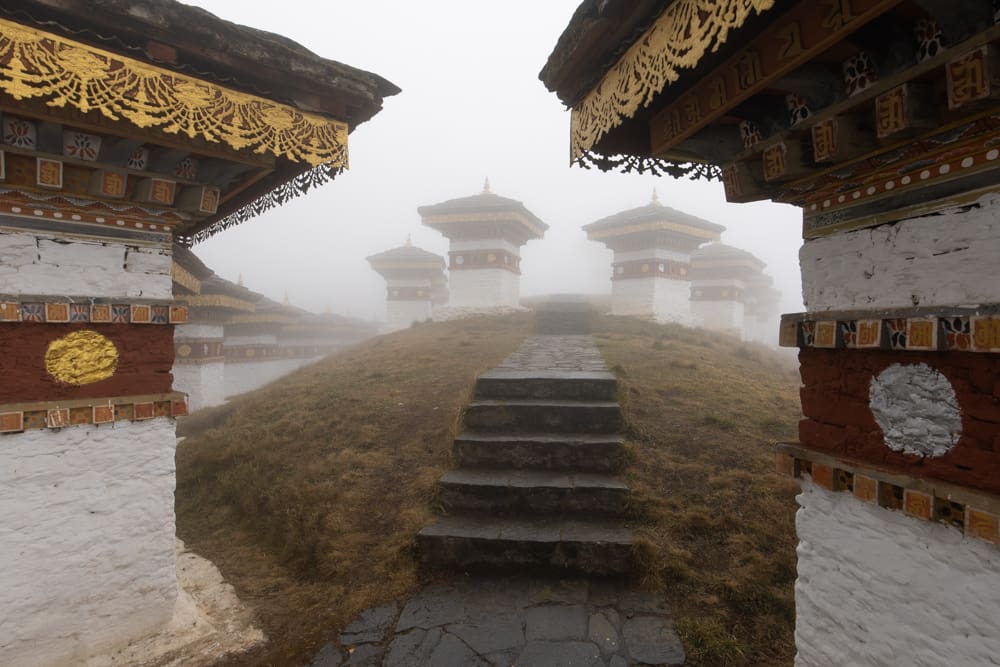
CANON EOS R1, RF 14-35MM F/4 L IS USM @ 19MM | F/11 | 1/40 SEC | ISO 200
Canon 1-series history
- 1971 F-1
- 1972 F-1 High Speed
- 1976 F-1 (new)
- 1981 New F-1
- 1984 New F-1 High Speed
- 1989 EOS 1
- 1994 EOS 1N (EOS 1N HS, EOS 1N DP, EOS 1N RS)
- 2000 EOS 1V
- 2001 EOS 1D
- 2002 EOS 1Ds
- 2004 EOS 1D Mark II
- 2004 EOS 1Ds Mark II
- 2005 EOS 1D Mark IIN
- 2007 EOS 1D Mark III
- 2007 EOS 1Ds Mark III
- 2009 EOS 1D Mark IV
- 2011 EOS 1Dx
- 2016 EOS 1Dx Mark II
- 2020 EOS 1Dx Mark III
- 2024 EOS R1
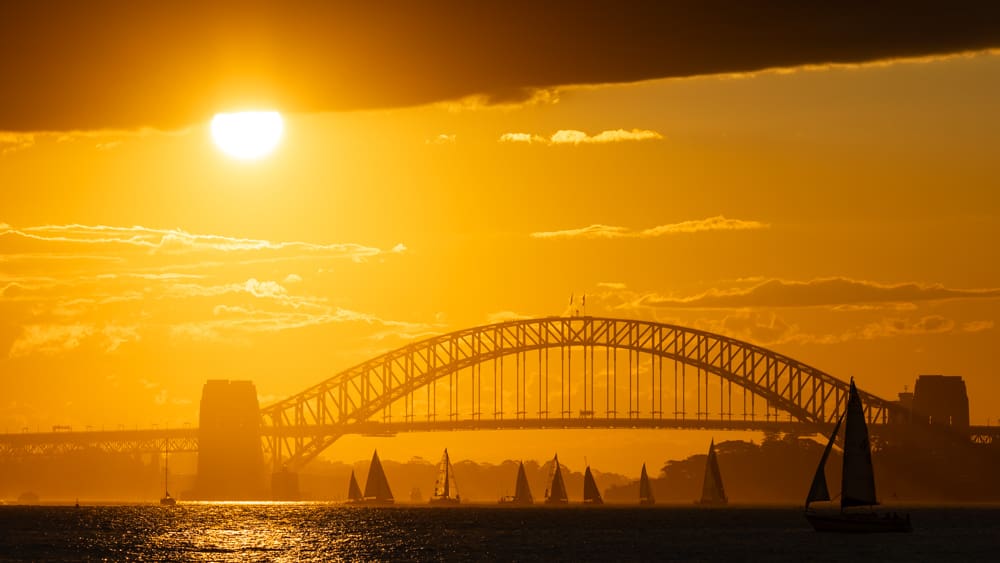
CANON EOS R1, RF 100-500MM F/4.5-7.1 L IS USM @ 500MM | F/7.1 | 1/250 SEC | ISO 800
Dual line of 1-series
In the first digital decade (2001-2010) addressing the needs of resolution and speed were difficult-to-impossible to address in a single camera. The sports and portrait photographer were looking for two very different cameras; and that’s just what Canon offered them.
To the sports photographer, Canon offered their 1D series of cameras. These offered the fastest frame rates with highest available ISO for fast shooting in low-light conditions. The one main caveat with these cameras is that the sensor was smaller than a full 35mm frame and it created a crop factor of 1.3x. This was less than preferable, but it was manageable as long lenses acted like they were slightly longer. The occasional use of a wide angle lens meant that it was a little less wide (20mm lens would record the angle of view of a 26mm lens).
For those desiring resolution, Canon created the 1DS line of cameras featuring full-frame sensors with the maximum resolution. These slower shooting cameras fit the needs of pros shooting landscapes, architecture, still-life, and portraits.
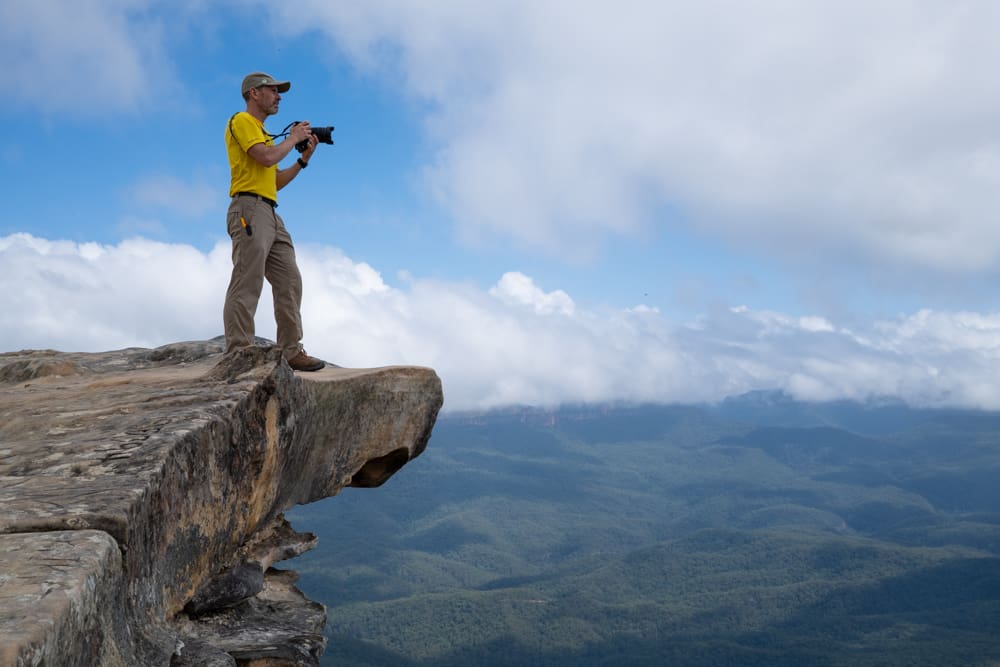
Photo Credit: Michelle Greengo
An uneasy relationship with the 5-series
When Canon created a pro”ish” compact full-frame camera in 2005 with the EOS 5D, it won many professionals over. As the 5-series developed, many professionals were won over by the smaller body that included high resolution. I believe this was part of the reason that Canon merged the 1-series line in the 2010’s with the 1Dx series.
For the serious Canon shooter of late, the decision between a 1-series and a 5-series was an important debate. Since 2011, the 1-series has lagged behind the 5-series in resolution despite it constantly being referred to as the flagship model.
I don’t know the real numbers, but I’m sure the 5-series has outsold the 1-series by heaps and bounds. When the pro or wanna-be-pro considered the option of a camera that was smaller, higher resolution, and included almost everything offered by the more expensive 1-series camera, it was a no-brainer.
Yet the 1-series endured. For a small but very important segment of the photographic community 20-something megapixels is more than enough for a cover of a magazine or a double-truck spread. Durability to take a hard rain, dust storm, or whatever may come in a war zone was more important than being lightweight and portable. Dependability, when your job and livelihood rely on it, make you look at the options in a different way.
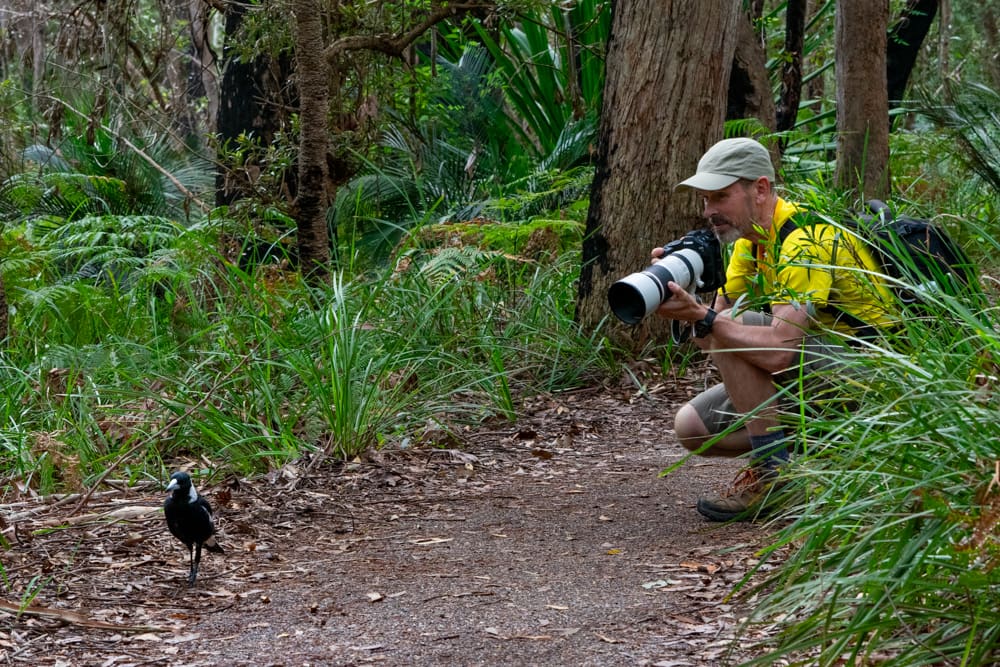
Photo Credit: Joshua Mealing
Introducing the R1
When Canon started their mirrorless transition in 2018, most everyone expected a flagship camera to come about sooner rather than later. It took them almost 6 years to finally bring forth the highly expected R1. The R1 has been well received overall, but it’s not without criticism. Nikon with the Z9, and Sony with the A9III, are providing some very compelling options.
Canon shooters are now back into their old dilemma between a 5-series camera (R5 Mark II) and a 1-series camera (R1). We once again have that good old choice of a lighter weight, smaller, higher resolution camera (5-series) versus a more rugged full-bodied autofocus powerhouse (1-series).
Speaking frankly here, the R5 Mark II is the better camera for most photographers. It’s not necessarily a better camera, just a better match for most photographer’s needs and wants.
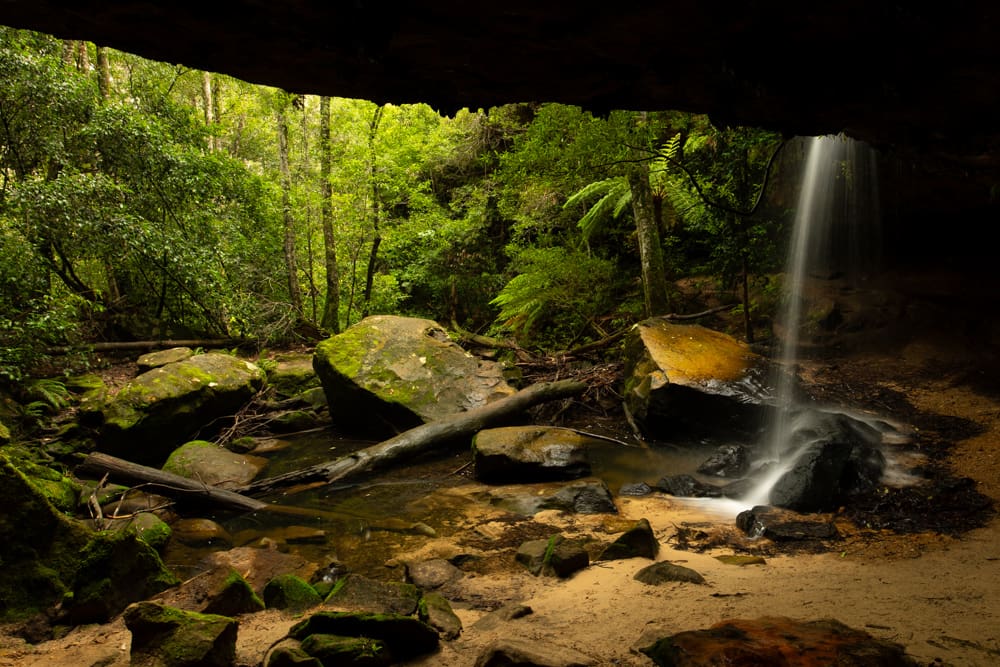
CANON EOS R1, RF 14-35MM F/4 L IS USM @ 14MM | F/11 | 1.3 SEC | ISO 100
The experience of the R1
Canon advertises the R1 as their flagship camera; and notwithstanding a few credible criticisms of that title, when you place this camera in your hand, you will feel the sensation of a very powerful tool. Every time I pick the camera up I feel like there is nothing I can’t capture with it. The full-bodied grip, with the intergraded vertical shooting controls, add heft but also stability. The well-honed layout of the controls feels ideal, it would appear that being the 15th generation, if you count back to the EOS-1 and don’t count special derivations, Canon knows what they are doing here.
I used the camera almost exclusively for a month of traveling in Bhutan and Australia. It may not have always been the ideal travel camera being somewhat large and heavy, but when it came time to capture images – it was no doubt – confidence-inspiring every time I picked it up.
For many photographers like myself, 24 megapixels is usually more than enough for my typical usage. Yes, 45MP, 60MP, or 100MP can also be quite handy to work with for a variety of reasons. The fact remains that this camera was built for performance. Specifically it was designed for fast frame-to-frame shooting, fast autofocus, and fast transferring of images. Twenty four megapixels is more than enough for any online or computer application. It’s enough resolution to make a high quality 20×30 inch (50x76cm) print; and when was the last time you did that?
For the photographer that this camera was designed for, it’s almost everything you could want. Shooting sports, action, wildlife, news, events or wars, this is built to perform and last. It’s clearly not the right camera for many, in fact most photographers; but for those that have a particular set of needs, this is a camera that delivers in spades.
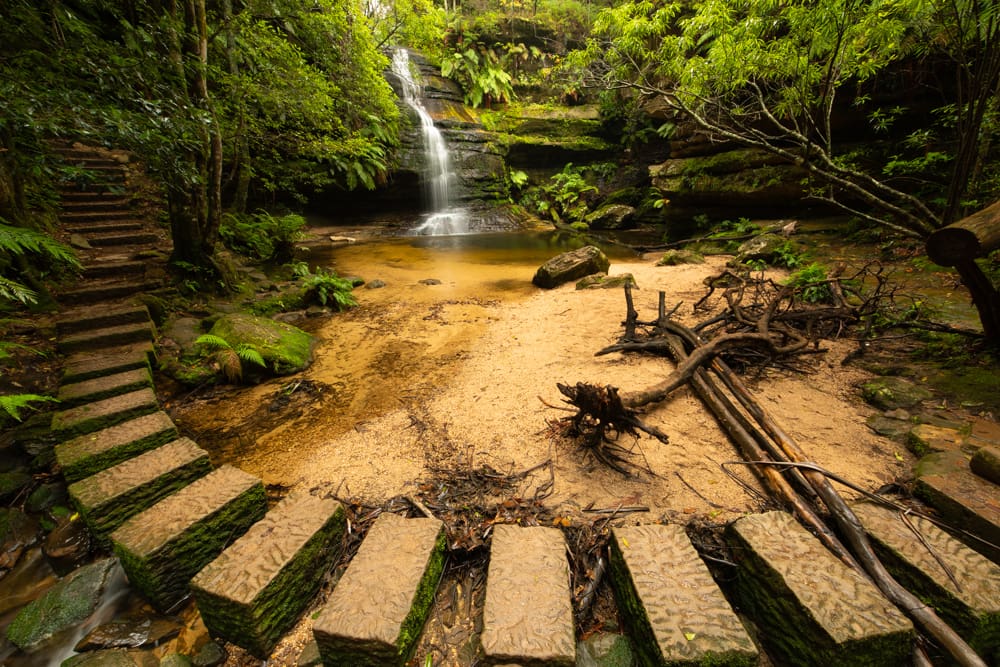
CANON EOS R1, RF 14-35MM F/4 L IS USM @ 14MM | F/16 | 2.5 SEC | ISO 100
New course
The Canon R1: Complete Camera Guide is now available in the johngreengo.com shop. If you are wanting a full tutorial of the in’s and out’s on this impressive and complex camera, this for you. While similar to the Canon R5 Mark II and other Canon models, this R1 is a bit different to everything that has come before. More menus, more customization, and more options give you greater control. If you have an R1 and want to take full control of it, the Canon R1: Complete Camera Guide is the fastest and easiest way to do it.

Become part of John’s inner circle
Sign up for the newsletter here — it’s free.
Want to become a better photographer?
Check out John’s selection of photography and camera classes here.

